Extinct (2021): Fresh Donuts, Half Baked Morals
The plot lags, the moral lessons are misguided, but are those fluffy little donut creatures adorable? Yes. Yes, they are.
Incluvie Foundation Gala - Learn More
Content Warning: The Purge is a franchise that contains disturbing violence, often motivated by racism and classism. Know your audience if you’re planning a movie night to make sure everyone feels safe and has fun!
The premise of The Purge franchise—once a year (most) crime is legal for twelve hours—provides endless possibilities. Enough to inspire five films and a television series. Typically, the films set themselves apart by picking an interesting year or setting themselves in an interesting location. Most of the films feature racially diverse casts and complex and intriguing characters to root for. Of course, like in any long running franchise, the five films vary in quality, so today I’m ranking The Purge films to help you decide which ones you want to watch, rewatch, or skip entirely.
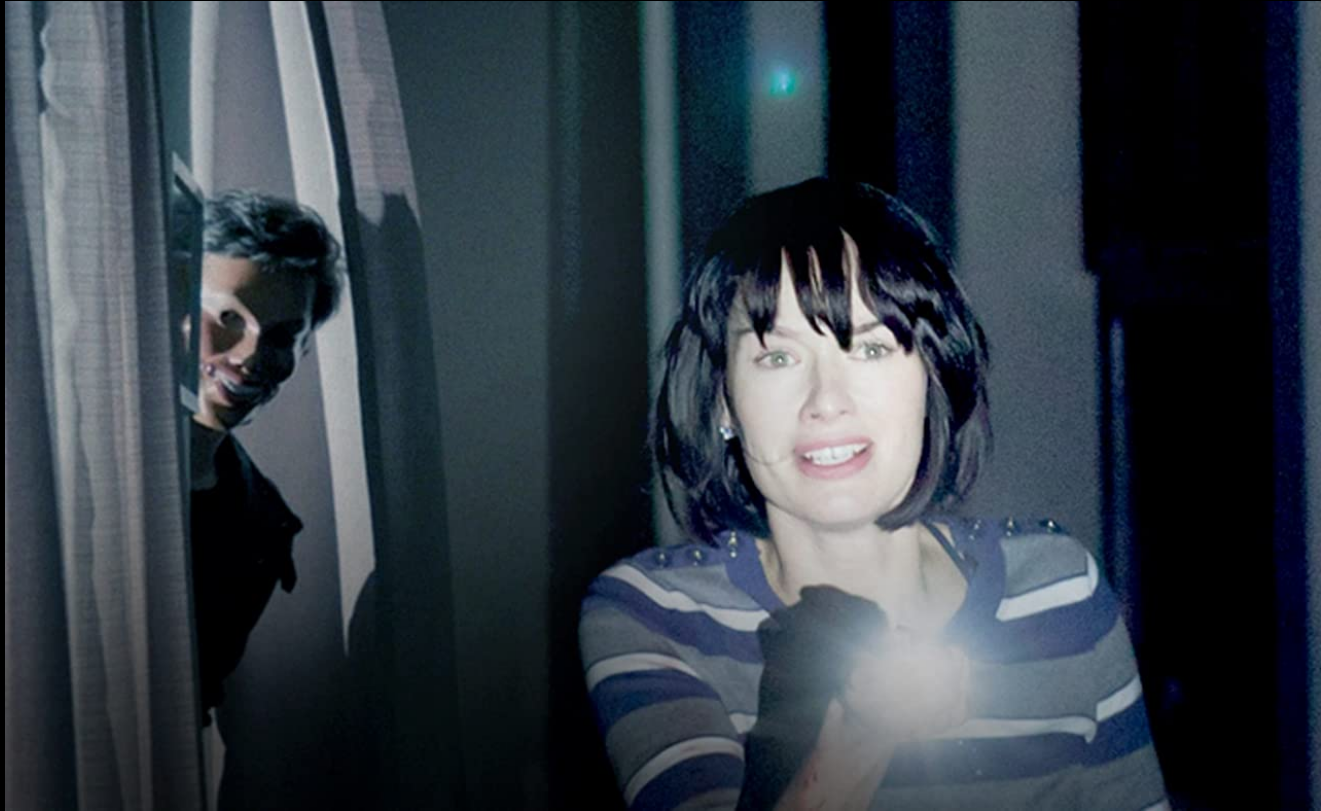
Not to be confused with its superior prequel (The First Purge), the first Purge film fails on multiple levels. For one, it doesn’t quite feel like a Purge film, instead functioning more like a home invasion thriller. The Purge follows a white, wealthy, suburban family that’s locking down together to survive the annual Purge. Things get complicated when the daughter’s boyfriend attempts to kill the father, the son lets Dante Bishop, a homeless Black man, into the house to escape violent Purge participants, and later on, those participants and even more neighbors break inside. The film takes place almost entirely within the house, with only limited television footage revealing what’s going on outside. The plot plays out exactly as you’d expect, with the family sneaking around the house, trying to avoid the invaders.
Home invasion movies always come up with some reason why the homeowners don’t just call for help. Maybe the house is in the middle of nowhere and help won’t arrive in time (Hush) or maybe cell phone reception is cut off (You’re Next). Legal crime is certainly a logical reason for why the family couldn’t just call 911. But this leaves the idea of legal crime feeling like a wasted premise. And until the sequels, that was how most people discussed The Purge. A mediocre film that wasted a cool premise.
In its defense, The Purge does contain subtext hinting at the deeper themes it would eventually explore in depth. For example, at first, the Purge participants tell the family they will let them go, so long as they give up the whereabouts of Bishop. This suggests the Purge’s sinister purpose: to harm marginalized people and communities and maintain the power of the wealthy upper class. Still, skipping this film, or at the very least watching a better Purge film first, is highly recommended. Though, as far as home invasion films, you could do much worse…
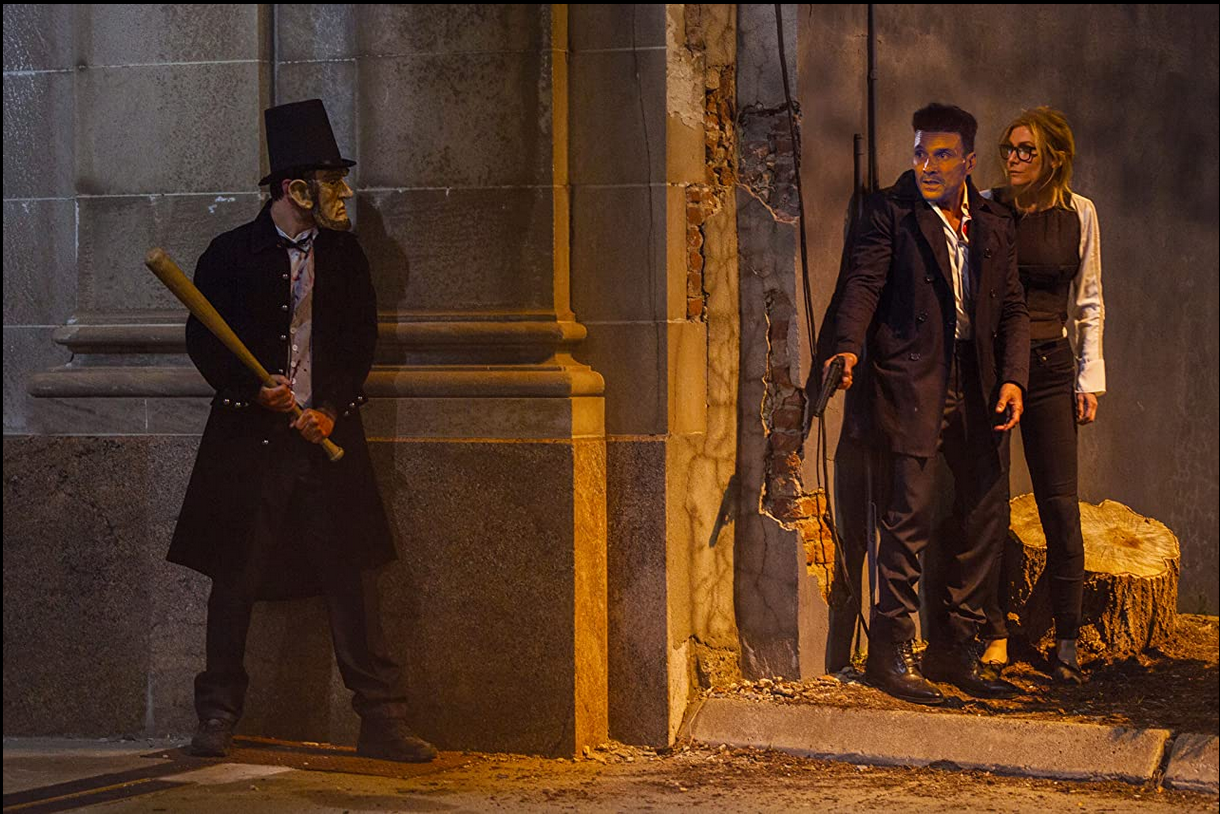
Now we enter the mid-tier section of films. Ranking the Purge films based solely on quality becomes tough here, since this film and the next entry are nearly tied, but The Purge: Election Year suffers because it feels more like an attempt to close out a trilogy than a strong stand-alone entry. Returning characters and the film’s focus on ending The Purge don’t work quite as well as they should.
Presidential candidate Charlene “Charlie” Roan is running against the New Founding Fathers of America (NFFA) candidate, and if elected, she plans to end The Purge. Of course, her plan to wait out the Purge in safety fails due to NFFA meddling, and Roan and her security detail must navigate the dangers of a lawless Washington D.C. The main characters an anti-Purge presidential candidate and a returning character who already experienced so much character development in his previous appearance that there isn’t really anywhere for his character to go. As a result, we end up focusing on two static, white characters who don’t have much room to change or improve. This means ranking The Purge: Election year lower on the metrics of diversity and character complexity as well.
The film is hampered by strange decisions. While other films imply that the Purge serves a religious function for wealthier citizens, this film goes so far as showing members of the NFFA attempting to ritualistically sacrifice Roan, stretching the absurdity of an already wild franchise. The film struggles to integrate its various components: we have our two main stars, the ordinary deli store workers providing us with the average citizen perspective, and also the insurgent anti-Purge group (a much more complex and interesting bunch). Ranking The Purge: Election year low is tough since it isn’t a bad entry, but it is a forgettable one, especially given future developments of the franchise. The Purge universe still had more to say and the ending of this film could have easily ground the series to a halt. Luckily, that wasn’t the case.
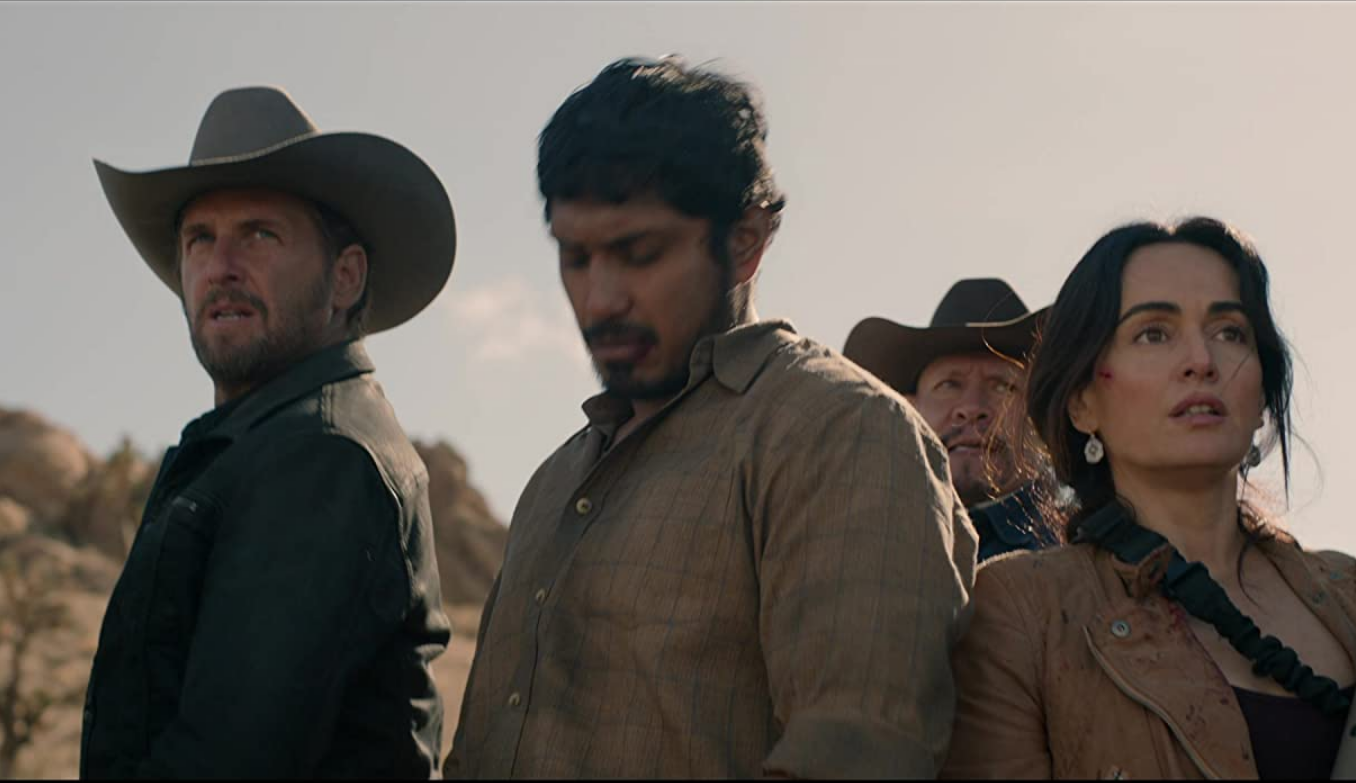
The most recent Purge, both in our universe and theirs, brings a new and innovative idea to the franchise: what if the final horn, typically signifying the end of the Purge, doesn’t end the violence? While Election Year argues that the NFFA will eventually lose due to a noble politician, this film takes a more cynical approach: by pushing Americans to embrace violence and cruelty on a yearly basis, the NFFA will eventually lose control of their followers. The participants, inflamed by racist ideologies and encouraged to pursue violence, will eventually refuse to concede to the federally mandated deadline.
The Forever Purge focuses on two undocumented immigrants from Mexico, Juan and Adela, who have come to Texas for more opportunities. Juan excels at his job as a farmhand and tries to ignore the racism of his coworkers, especially Dylan. At times, he regrets coming to the United States, but his wife Adela doesn’t agree. During the Purge, something surprising happens: all these characters and their families survive the night safely. In the morning, horror commences as a large faction of violent racists and xenophobes decide to continue the Purge. Juan and his friend T.T. save the lives of some of their white coworkers and now the group must band together to flee across the border to Mexico. Luckily, Juan, Adela, and Dylan are competent fighters who strive to protect their group and the innocent.
Filled with intriguing ideas, the fifth Purge film fumbles in one key way: it never slows down to contemplate its most fascinating elements. Juan and Adela are forced to return to a country they’ve fled. The white family, including Dylan who explicitly says he doesn’t believe people of different races can get along, must become undocumented immigrants in Mexico. We never really get a sense of how these characters feel about this experience, how their perspectives alter and shift. Still, the film makes a compelling argument that values and beliefs matter less than action. While the violent, racist Purge participants and Dylan both hold problematic views, Dylan risks his life by siding with Juan and Adela and kills the white Purge assailants who aim to kill them. Ranking the Purge films is challenging because there are simply so many metrics that could increase or decrease the ranking of an individual film–but ultimately the intriguing ideas and the fascinating potential of The Forever Purge justify this film’s inclusion in the top 3.
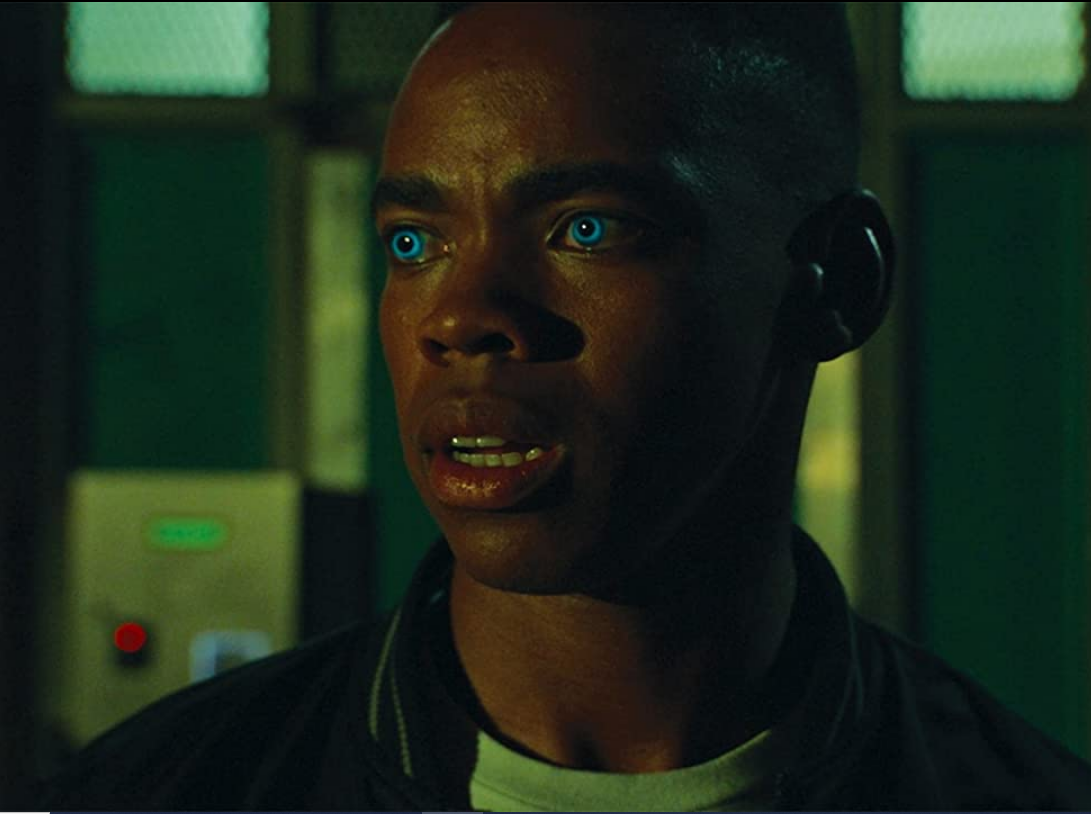
Ranking the Purge films from worst to best gives us a challenging choice: which of the two excellent Purge films should take the coveted spot? With a slightly less focused plot, The First Purge ranks here at number two, but for many viewers, this one is likely to become a favorite.
A new director, Gerard McMurray, takes the reigns and contributes excellent original ideas and visuals, while the series creator, James DeMonico, remains as a writer, guaranteeing the film still feels familiar. Rather than starring returning characters, this film sets itself apart by starring a predominantly Black cast, with Y’lan Noel as its main character and breakout star.
Serving as a prequel film, this movie covers, as its title suggests, the first Purge experiment, which takes place solely on Staten Island. Residents, many of them poor, are paid to remain on the island, with additional money promised if they agree to participate. We see the first legal murder in the Purge universe, committed by Skeletor, who is introduced as a drug addict and coded as mentally ill. Yet, rather than implying that evil comes mainly from the desperate or the mentally ill, the film fortunately goes in a more subversive direction. We find out soon enough that the majority of the Purge participants have no desire to murder or torment: they just want to participate in all night street parties. The real villains of the film aren’t the “crazy, evil serial murderers,” but the NFFA who wants the experiment to succeed so much so that they’re willing to send paid killers to massacre poor and marginalized residents.
In another subversive twist, the main character Dmitri Climber is local gang leader. Gang members often serve as stock villains, but here, the film delves into the complexity of this level-headed, strategic leader who must ultimately grapple with his ex-girlfriend’s demands that he do better and do more for his community. Ultimately, watching this protagonist grow into the protector his community needs and dispatch the fascist invaders is cathartic. In the end, ordinary residents and even Skeletor must join him and face off against the terrifying threat. The bravery and redemption shown in this film leave us hopeful of the people and the community even as institutions fail us.
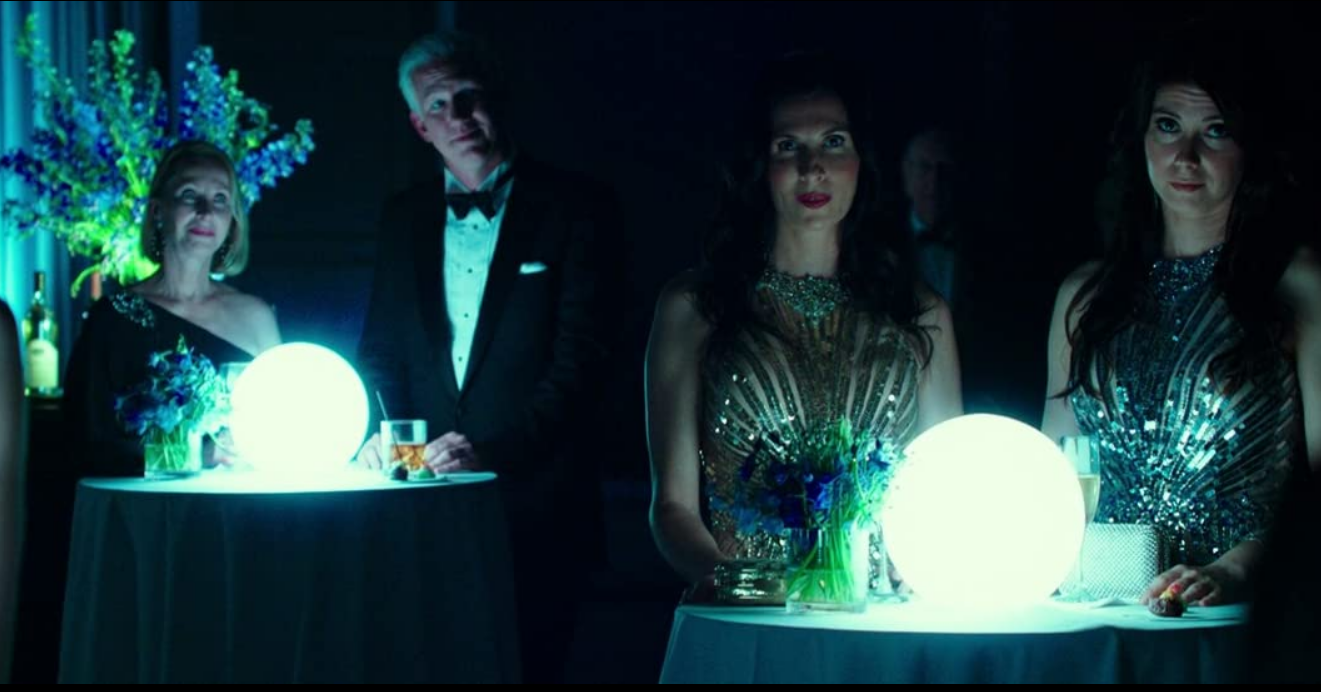
The Purge: Anarchy established the key elements of a successful Purge film. Rather than setting the film in a single boring location, Anarchy explores the city of Los Angeles on Purge night, transporting the characters between horrifying set pieces. Other elements introduced in this film are a racially diverse, ragtag group of survivors who are sometimes at odds but still must work together, and, most importantly, key themes of growth and redemption. Ranking The Purge: Anarchy in the top spot celebrates how this film saved the franchise from mediocrity and showcases the brilliant ideas and excellent character performances that make this movie so great.
The premise is simple and immediately corrects the worst flaw of The Purge: five characters are trapped outside on Purge night. Mother and daughter Eva and Cali Sanchez did everything right, planning to stay in their apartment to avoid the Purge. But soon, the pair are under siege from their horrifying, perverted superintendent and a trained hit squad, and they are forced to journey into the unknown night. Shane and Liz, an estranged married couple, are trapped in the middle of the city when their car is sabotaged. Rounding out the group of unlikely allies is Leo Barnes, who unites this group by offering his skill and protection, although Cali quickly discerns his reasons for being out on Purge night: he is planning to commit a vengeful murder.
The Purge: Anarchy features phenomenal characters and performances. Carmen Egojo’s Eva is a brilliant strategist who plots to keep her and her daughter alive, while struggling with her guilt of lying to others to do so. Zoë Soul’s Cali provides the film’s heart—she tries to soften Barnes’s heart and convince him to forsake his murderous grudge. Frank Grillo’s Leo Barnes is an outstanding character—Grillo truly evokes the complexity of a grieving man who craves violence yet yearns to be better. These characters encounter terrifying set pieces including roving Purge gangs, families driven to violence, and, most frightening of all, wealthy people who participate in a murderous auction.
The film features one of the most unsettling off-screen deaths of the entire franchise with Eva’s father Rico sacrificing himself to a wealthy murderous family to give his family a better life. Here, and throughout this film, the true reason behind the Purge is revealed and made central to the narrative: the Purge is an active effort by the fascist government to kill the poor and marginalized. By making the subtext the actual text, The Purge: Anarchy lives up to the potential of its fascinating and terrifying premise.
Related lists created by the same author
The plot lags, the moral lessons are misguided, but are those fluffy little donut creatures adorable? Yes. Yes, they are.